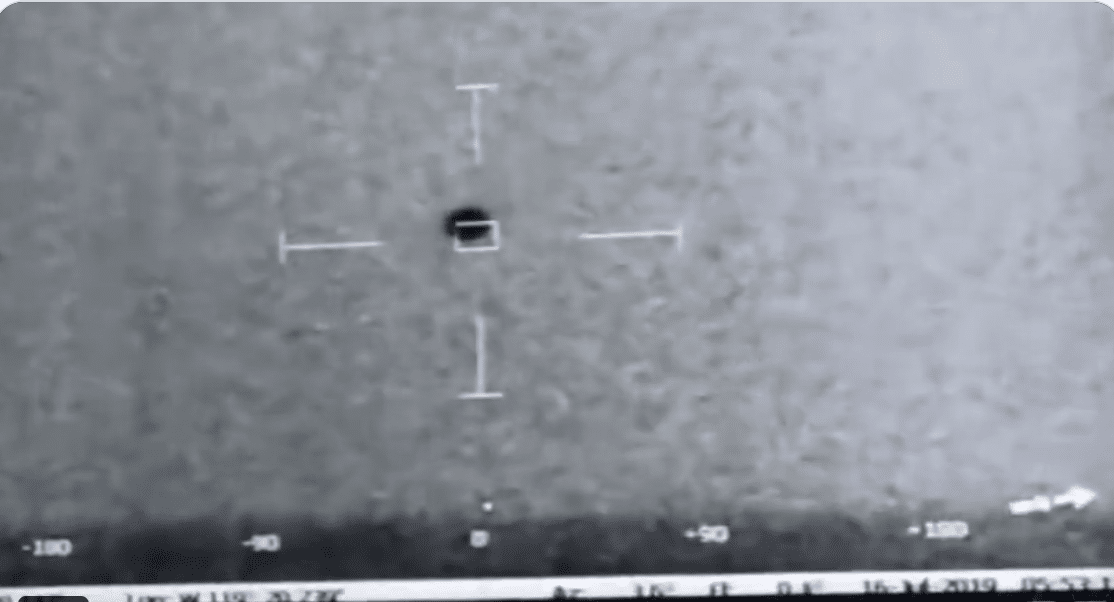Late Thursday morning, a big boom shook parts of the Outer Banks, rattling windows, shaking pictures off walls, scaring family pets, and driving people to social media to see if anyone knew the source.
The rumbles are a jarring but familiar phenomena along the chain of barrier islands in North Carolina. They even have a name: Seneca guns. But what causes the episodes — which have been heard and felt for centuries — is a long-debated mystery.
According to the report, Thursday’s single boom vibrated across Kitty Hawk and Kill Devil Hills around 11:30 a.m. The on-duty seismologist at the U.S. Geological Survey searched for any seismic activity in the area strong enough to cause the boom, but found nothing.
A spokesperson with Marine Corps said neither the Marines nor military partners were conducting training or flights in the area Thursday. A spokesperson for Oceana Naval Air Station in Virginia Beach said the same. Staff at the Department of Defense’s Harvey Point Defense Testing Activity range in nearby Perquimans County said they could not comment on training activity.
Another possible theory, that the boom was the result of training operations involving the USS Gerald R. Ford launched into the Atlantic Ocean on Tuesday, is also unlikely. A Navy spokesperson said there were no reports that the ship or any associated military equipment was active in the area. Chalk it up to the mysterious Seneca guns?
The USGS has long researched unexplained booms heard in the Lake Seneca region of New York, as well as northeastern North Carolina, the Tidewater region of Virginia, and coastal South Carolina. The agency says the most logical explanation, learned from past earthquakes, is that weak, shallow quakes are to blame.
“High-frequency vibrations from the shallow earthquake generate the booming sound; when earthquakes are deeper, those vibrations never reach the surface. Sometimes the earthquakes create booming sounds even when no vibrations are felt,” the USGS wrote on its website.
Other theories include sonic booms from military jets or the movement of tectonic plates. The Coastal Review, the news service of the North Carolina Coastal Federation nonprofit organization, spoke with a scientist who theorized that temperature inversions may be to blame.
“Temperature inversions occur in coastal areas when upwelling of cold water decreases surface air temperature and the cold air mass stays under warmer ones. What’s more, North Carolina’s coast juts out into the Atlantic, essentially creating a microphone effect,” the review wrote.


















